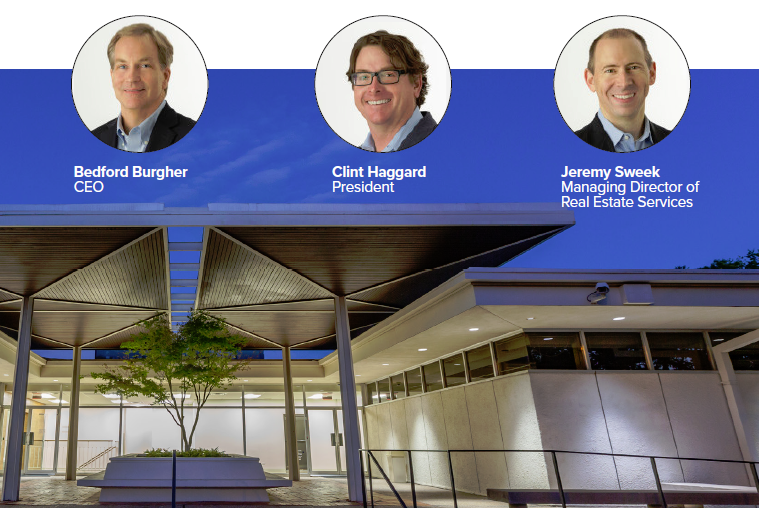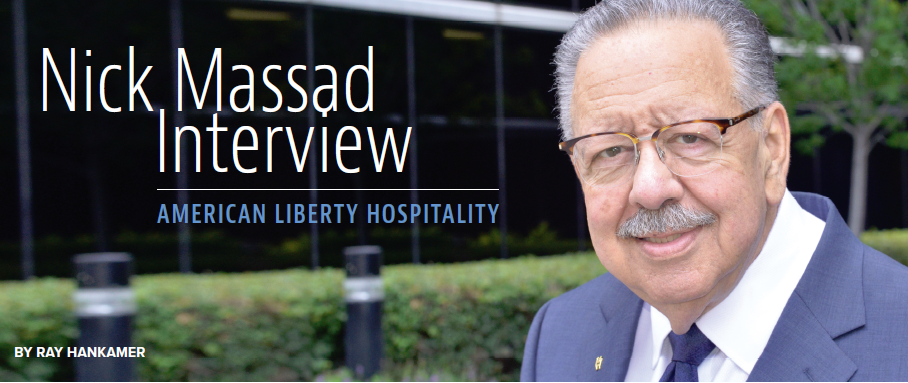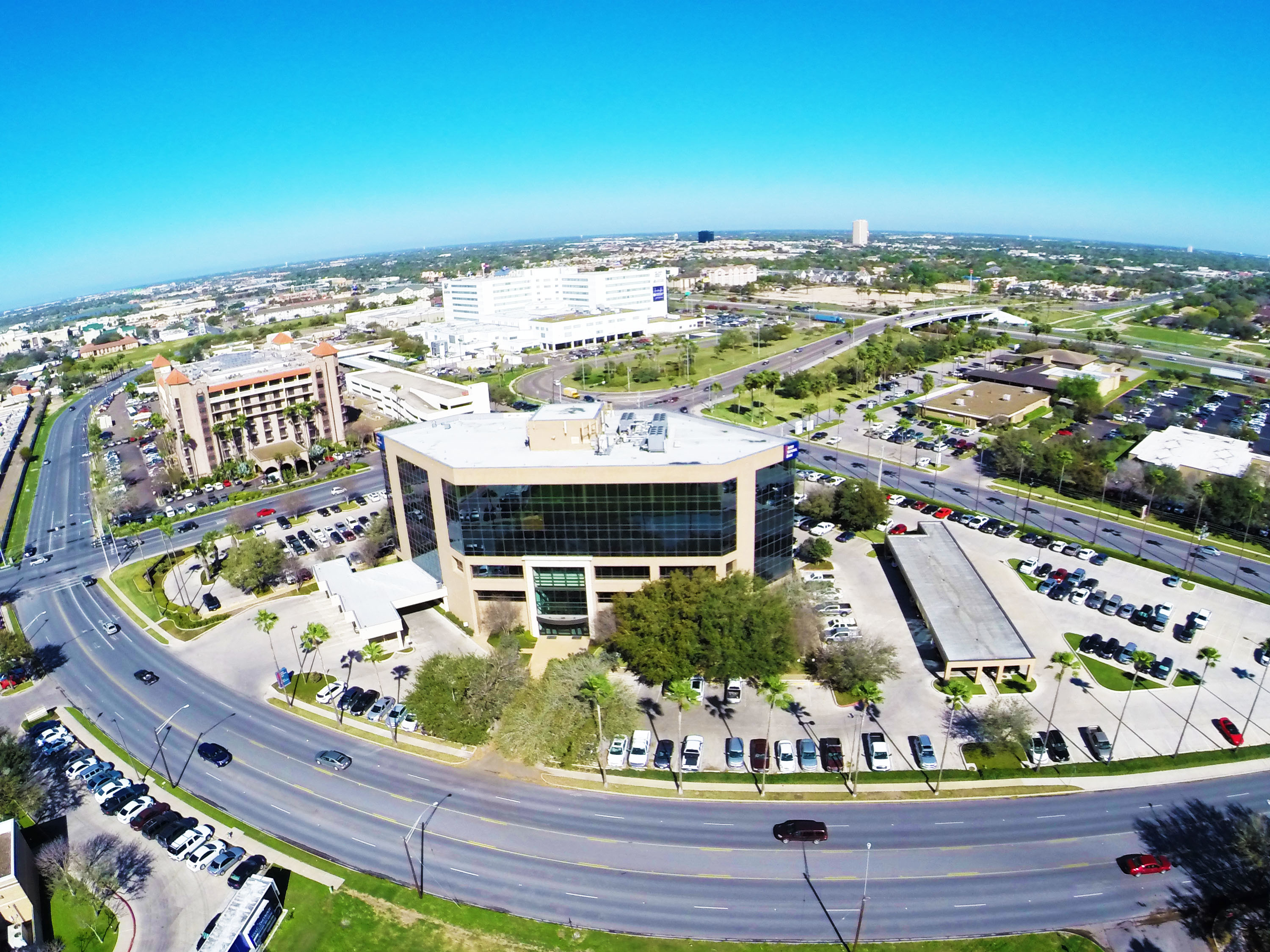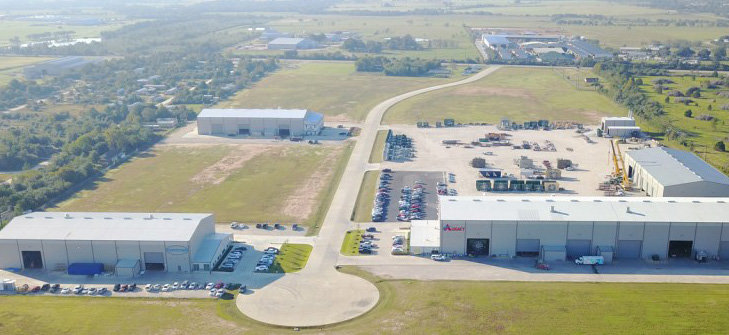Success in the commercial real estate world has always been about the ability to evolve. Investors are constantly looking for what’s “next,” while developers keep an eye on what the market is asking for. Retailers need to know the trends that their customers will want. And economic development organizations must be able to pivot when their community indicates a change is needed. In so many ways, the COVID-19 pandemic has tested the evolutional capacity of EDCs throughout Texas and a number of them are passing with flying colors, helping the investors, developers and companies that call their towns home weather an incredibly challenging time. At the Greater Houston Partnership (GHP), the team shifted to a strategy of remote working, online meetings and virtual events in March, according to Craig Rhodes, senior director of regional economic development. “The traditional trade shows, conferences and outbound recruitment missions have been replaced with virtual industry roadshows, site consultant outreach and targeted business outreach activities,” he said. An example of that: GHP hosted a virtual business recruitment mission with Houston Mayor Sylvester Turner in October 2020 to connect with companies in Silicon Valley. The event followed up a successful delegation trip in 2019 meeting with California tech companies about the opportunities for growth in Houston. “The project pipeline has continued to stay active with new prospects considering relocations and expansions in the region. We have had multiple new projects announce this year including Amazon, Google Cloud and Greentown Labs,” said Rhodes. “We are currently tracking over 140 active projects in the pipeline, with manufacturing and logistics leading the industry sectors.” Similarly, the pandemic has changed operations for the City of Seabrook and its economic development arm, but economic development director Paul Chavez said his team is embracing the new normal. “We are utilizing new technologies and finding innovative and creative ways to communicate with prospects,” he said. In nearby La Marque, the EDC changed its focus from business attraction to business retention, delivering nearly $1 million in COVID Business Relief Grants to business owners. The funds helped keep the doors open after state-mandated closures had a profound impact on business owners of every kind, especially retail and restaurants. “Over and over, we’ve heard our business owners say that they wouldn’t have made it through the pandemic without our COVID Business Relief program. Rather than a big project slam dunk this year, we had hundreds of small businesses survive the 2020 COVID pandemic,” said Alex Getty, executive director of La Marque EDC. “That’s something we’re proud of and we’re in a great position heading into 2021.” There’s been no slowdown in prospect activity at all in Conroe, one of Houston’s fastest-growing suburbs. If anything, Conroe Economic Development Council executive director Danielle Scheiner said things are picking up, particularly for warehousing and logistics projects but also for manufacturing of consumer products. “We are still averaging 1,000+ homes a year with more and more sites in the early stages of development,” she said. Conroe’s EDC just celebrated the signing of its first occupant in the Deison Technology Park. VGXI, Inc., a manufacturer of plasmid DNA for vaccines and gene therapies, will move its headquarters to Conroe from The Woodlands. The state-of-the-art, 240,000-square-foot facility is expected to be operational in January 2022. “On the industrial side, we have five projects currently under construction in our two parks,” said Scheiner. “We still have some retail/commercial sites under construction, although I don’t anticipate any new ones starting anytime soon.” Retail, she expects, will be the sector hit hardest by the pandemic. Scheiner said many of Conroe’s local eateries and boutiques have held on so far, but they need the continued support of the community. In Seabrook, that’s exactly what customers have been doing. Sales tax revenue there has remained healthy, while other areas have taken hits. “Both retailers and restaurants in Seabrook offered and continue to offer services to meet the current needs of our residents and visitors. This in addition to our SEDC Emergency Business Retention Incentive has helped keep our economy strong,” said Chavez. The City Council’s planning and zoning commission is currently reviewing plans for a five-level, 170-room boutique hotel that would feature an extended stay complex of 76 guest suites. “Also included in the plan is a 23,700-square-foot conference center, 24,850 square feet of retail buildings for food beverage leases and a future proposed multifamily apartment building containing approximately 260 residential units,” Chavez said. “This development will be located with waterfront views of Clear Lake and only minutes away from I-45 and NASA Space Center.” Location, he points out, is as important as ever when discussing future development plans. “Being on Galveston Bay and Clear Lake with prime commercial property that fronts the water, Seabrook has numerous opportunities that are available for planned development,” said Chavez. “In a past survey when asked what makes Seabrook attractive and distinguishable from surrounding cities, the most repeated responses received from the community survey were: the waterfront, the potential for waterfront development, opportunities for water recreation (boating, fishing, etc) and coastal living.” The value of location is something La Marque EDC’s executive director also stressed. “COVID changed things but our position is as strong as ever. Our location along 45 and proximity to the Galveston-Kemah-NASA tourism market will continue to drive commercial development in our city,” Getty said. “Over the past decade our population has grown by more than 30 percent and we don’t see it slowing down as another new neighborhood development was approved by the City Council this fall.” La Marque’s EDC is also responding to business owners who are taking advantage of this time as an opportunity to renovate and improve their properties. “We’ve seen an uptick in business improvement grants, which is encouraging. We’re seeing everything from 50-year-old buildings getting facelifts to new signs and landscaping at some of our retail centers and even complete interior remodels in some of our local restaurants,” said Getty. Chavez agreed. “Businesses and developers continue to ask for feedback on the types of projects that would qualify for incentivizing,” he said, “and our track record shows that we are aggressive with coming up with deals that provide a solid return on investment for the community that also pushes the needle towards landing the project in Seabrook.” Prospective developers in Conroe are asking about anything that will help offset their overall cost of doing business, whether that be tax incentives or fast permitting approval. “Anything that allows them to operate more efficiently to help their bottom line,” said Scheiner. “They are interested in understanding how we approach incentives for jobs that might be working remotely. In our case, if the payroll is managed out of that facility, they can count those jobs regardless of whether they are working remotely or at the physical location.” Though the pandemic has certainly created challenges, Houston-area EDCs are stepping up to face those challenges in whatever way their communities need and will continue to do so to help businesses thrive.









